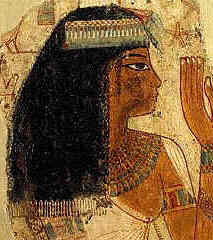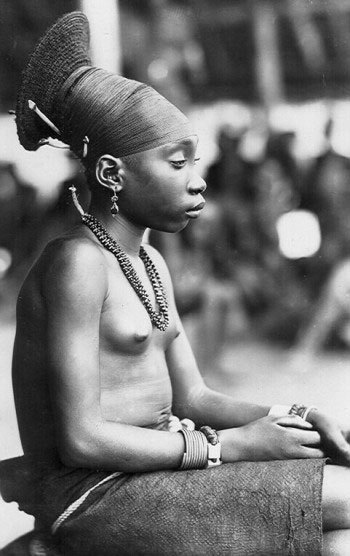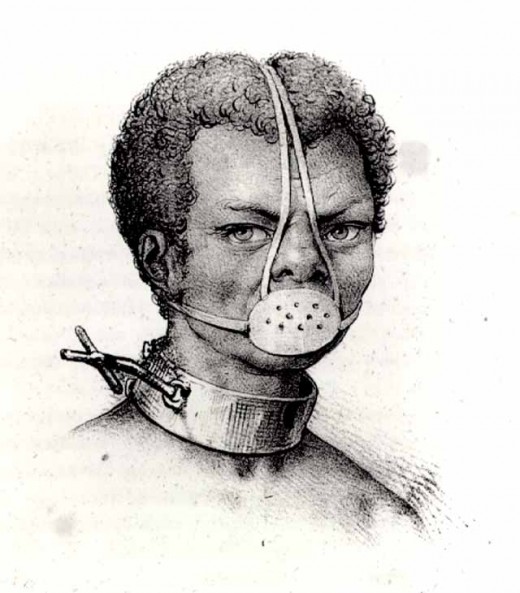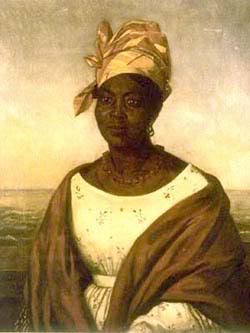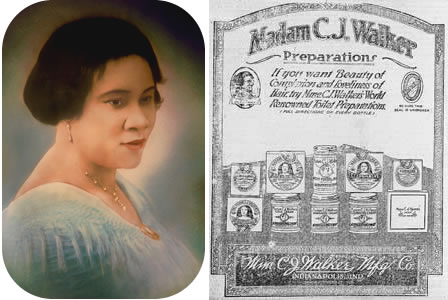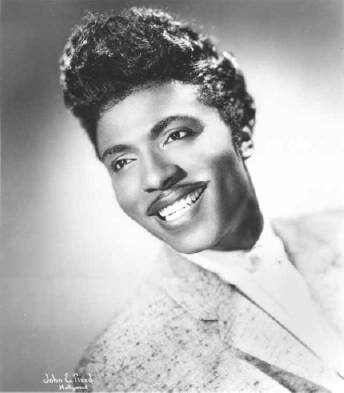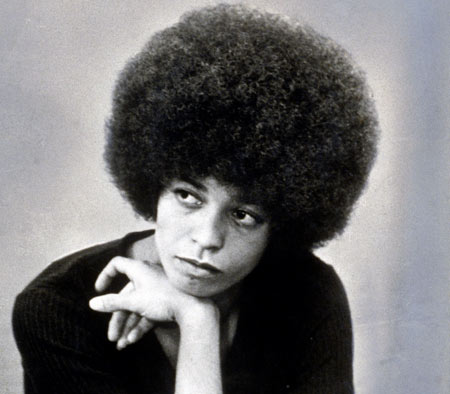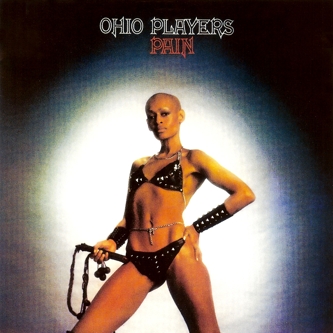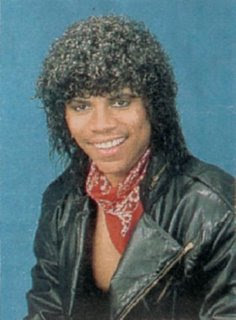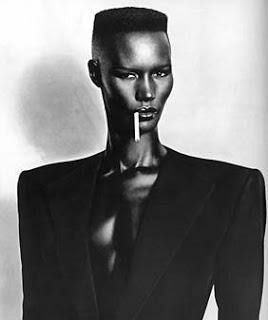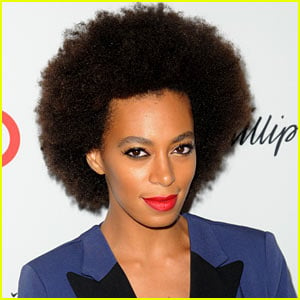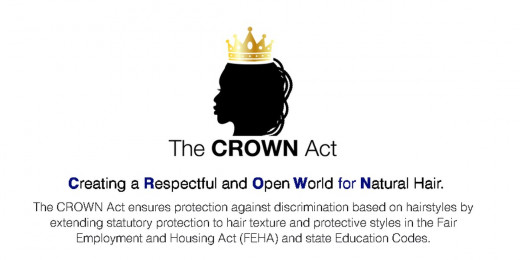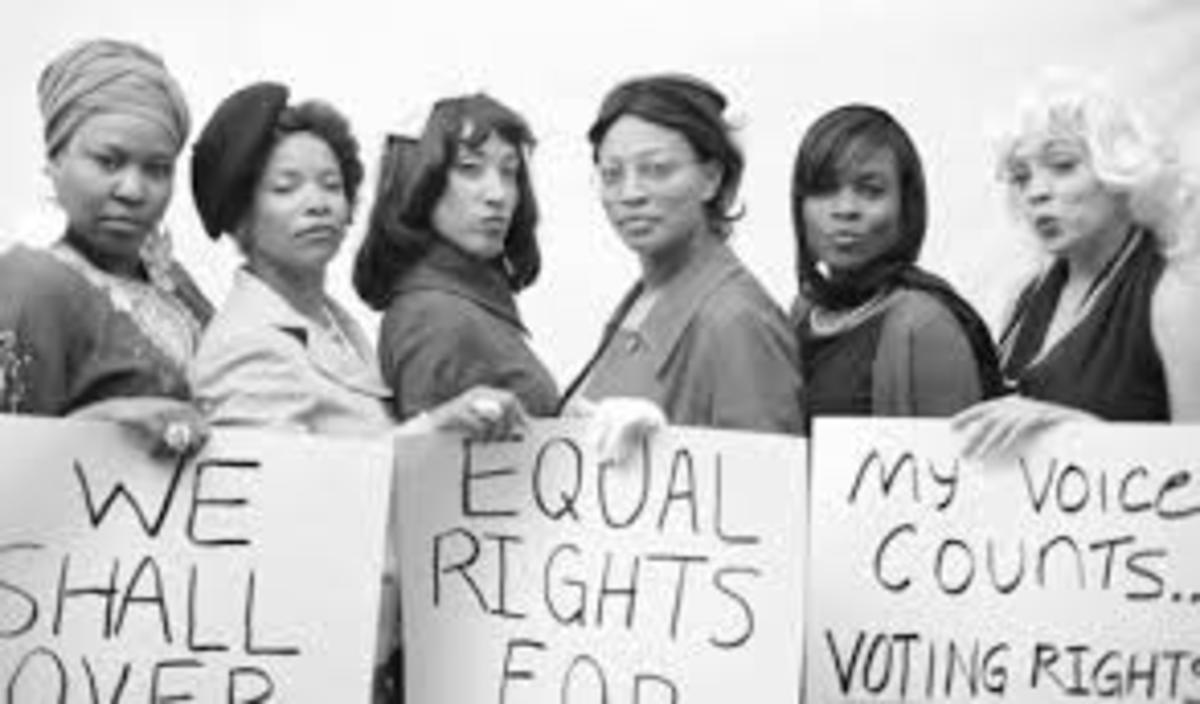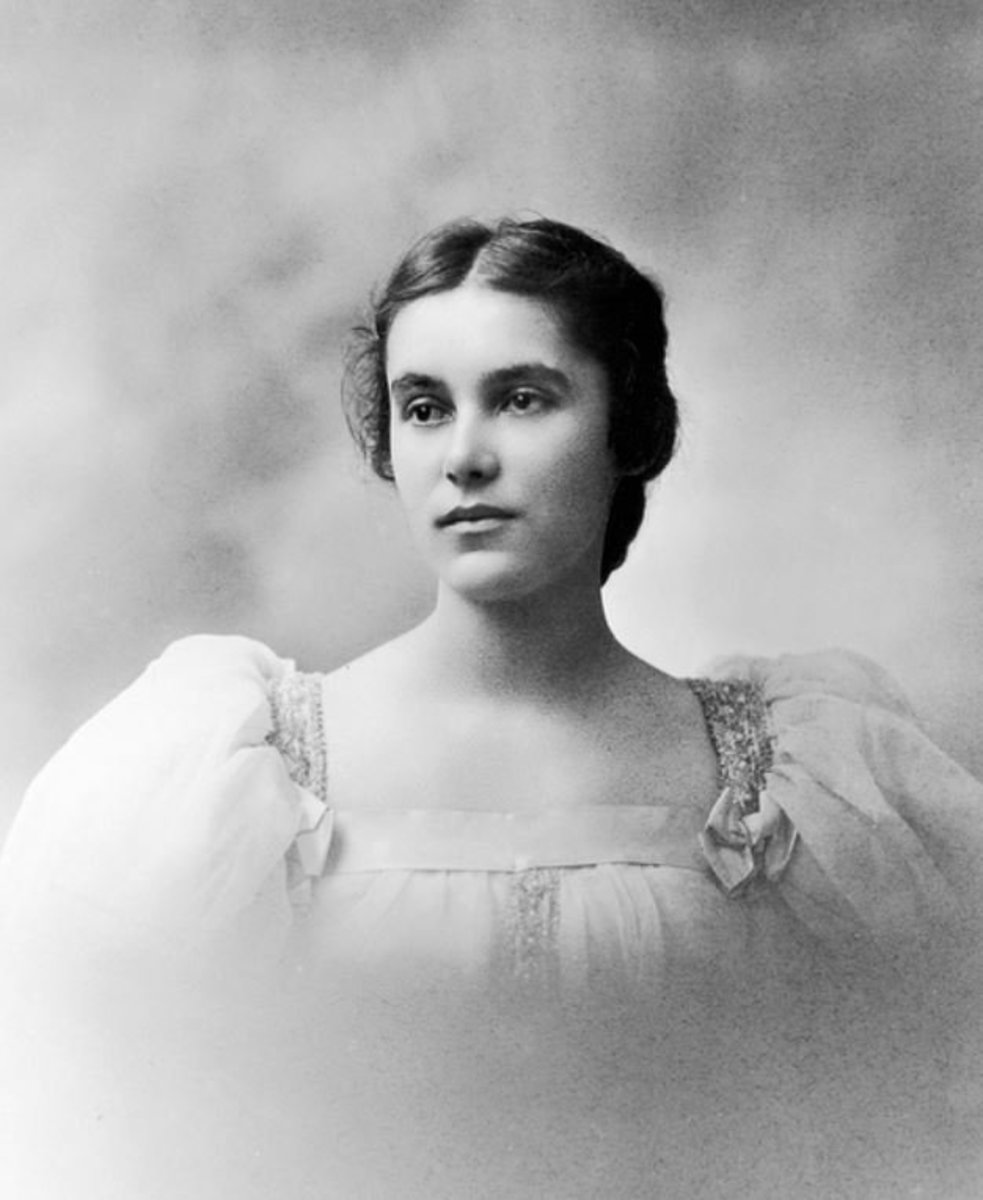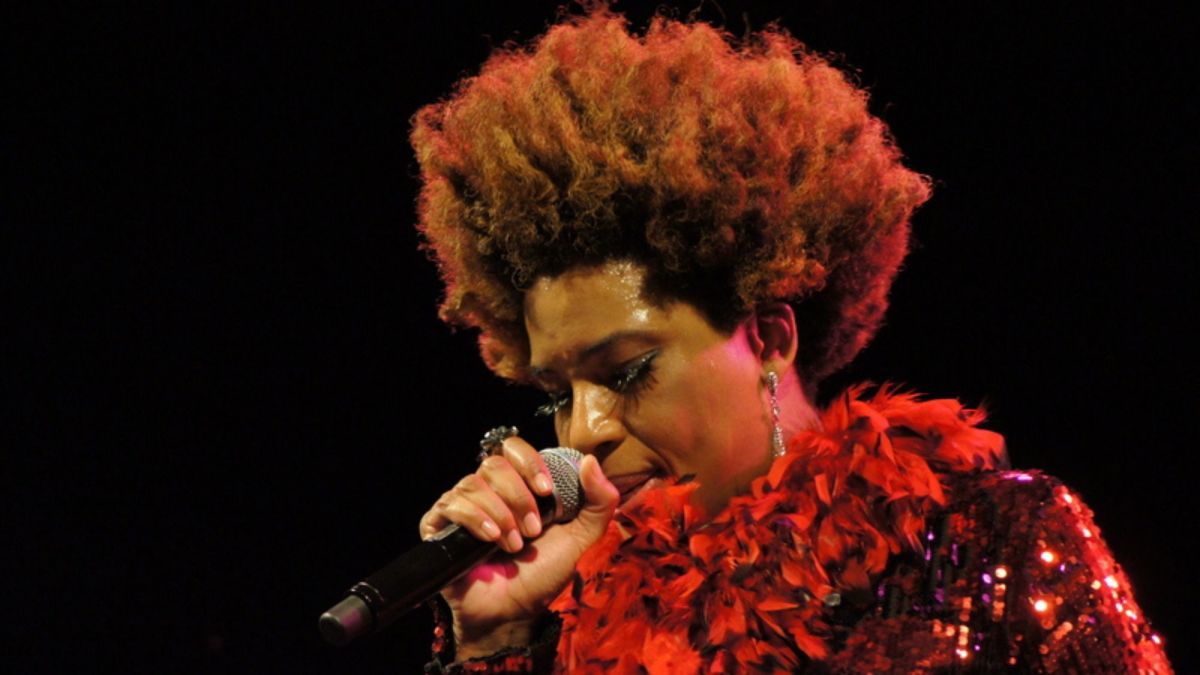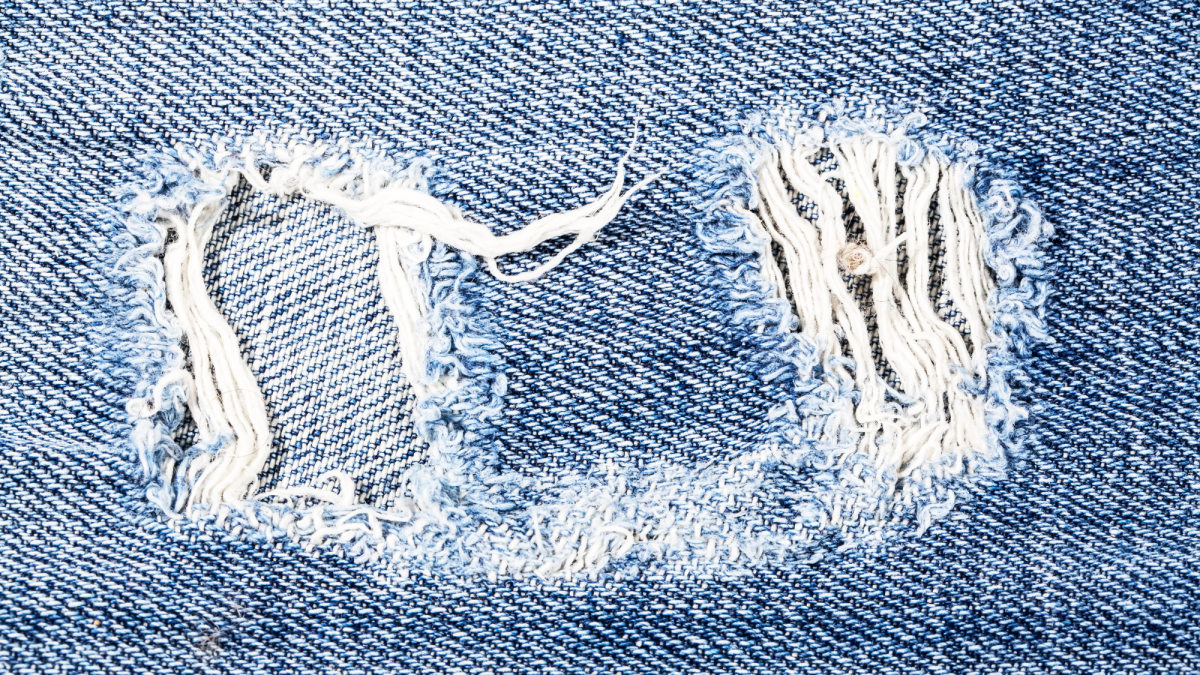African American Hair: A Head Full of History
Hair Through History

African American Hairstory
Click thumbnail to view full-size













A History Within Itself
When comes to hairstyles, African American hair has a history within itself. From Africa to the United States, hairstyles were more than just being fashionable and trendy. It's all about making a political statement and big business. Since it's has smaller and tighter curls than other human races, it could be a thing of ridicule as well.
Africa. Ancient Egyptians were known for wearing wigs. The modern hairstyles we wear today are influenced by the Ancient Egyptians. Depending on a person's tribe, a hairstyle symbolized one's identity. It was a symbol of a person's age, social rank, martial status, etc .They had access to Shea butter and combs. Braiding hair was a social activity among ranging from children to elders.
Enslavement in the United States. The Africans slave lost their culture, language and elaborate hairstyles by the time they survived the middle passage . Heads were shaven to dehumanize them and erase where they came from. Their were also laws that required women you cover their hair in scarfs because that were not allowed to wear their hair out in public. In fact, an enslaved person was not considered hair on their head at all. Their was considered as "wool" because of it's coily, kinky appearance. Since the slaves did not have access Shea butter, they had to use bacon grease to moisturize their hair.
Emancipation. After the Civil War ended in 1865, African Americans had gained access to hair straighteners such as a pressing combs. Straighten hair was considered more socially acceptable because the newly emancipated African Americans were trying to fit the dominant white society ideals of beauty.
Civil Rights Movement. By the time the Civil Rights Movement arrived, African Americans began to embrace their natural texture by wearing a hairstyle known as an Afro. It was a symbol liberation from European beauty standards. The late 1970s-early 1980s era brought in beads and braids. The no-lye relaxer was another invention during the this time as well. It chemical are not as harsh as previous relaxers.
Present Day. By the 1980s, an emerging new music form know as hip hop brought a variety of hair trends. The hi-top fade was a well known hairstyle for rappers. The Jheri curl was another trend worn by Michael Jackson, Lionel Richie, Stony Jackson, etc. Natural hair become embraced the 2010s. Poems are being written about it, songs are sung about it, and is being blogged about. In 2019, California created The CROWN (Create a Respectful and Open Workplace for Natural Hair) Act which a law that prohibits hair style and hair texture discrimination.
Weather influenced by music trends or political climate, African American has always been a topic of debate and controversy. It's a connection to one's roots. Basically, it's a head full of history.
African American hairstyles
What is your favorite African American hairstyle?
© 2015 Veronica Adams


